At 13.47 on Sunday July 22nd 2019, Shane Lowry embarked on a Major mission as he looked to become the fifth Irishman, and the first ever on home soil, to lift the Claret Jug.
Only Fred Daly, Padraig Harrington, Darren Clarke and Rory McIlroy previously had the privilege of adding their distinguished names to a most coveted title, but that Sunday Lowry had the chance to arguably usurp them all as he attempted to do what many thought was impossible and win an Open Championship on the island of Ireland.
For a long time, just the idea of a Major championship being contested on this island again since its sole appearance in 1951 was nothing but a far-fetched dream. Red tape to navigate, hoops to jump through, it was a journey that took years of careful negotiations to realise. Names like Clarke, McDowell and McIlroy added their considerable weight to the movement and when Royal Portrush earned its place on the Open rota, they rightfully attracted top billing.
32-year old Shane Lowry, a product of Esker Hills Golf Club, arrived to the Dunluce Links happily under the radar as a result. Ranked 33 in the world and with a new found perspective for life that had worked wonders for his golf game, Lowry landed with his own expectations bubbling beneath the surface. Having won the North of Ireland around the course in 2008, and with his mental fortitude better than ever, everything that week pointed to a big Lowry challenge. But could he deliver?
At Italia 90, upon David O’Leary stepping up to take the crucial penalty for Ireland against Romania, commentator George Hamilton uttered his most famous five words: the nation holds its breath.
A five hour round of golf was a long time for a nation to deprive itself of oxygen but if that fateful week at Royal Portrush had been anything to go by, at roughly 7pm that Sunday evening, it would all be worth it.
Here’s the story of the boy from Clara who lifted the Claret Jug and the spirits of the nations last July.
***
When you think of the great Open champions of our time, you picture the likes of three-time winner, Seve Ballesteros whose brothers were golf professionals, all inspired by their uncle, Ramón Sota, who was one of Europe’s finest players in the sixties.
You might picture five-time champion, Tom Watson who was destined to be a golfer, just like his father, Ray, who was the club champion at Kansas City Country Club.
Or perhaps you’ll fall on Tiger Woods’ hat-trick of Claret Jug accomplishments, mapped out for the American by his dad, Earl who armed his son with a golf club almost as soon as he could walk before creating arguably the greatest player the game has ever produced.
If Shane Lowry is to go on to become one of the great Open champions, how refreshing a success story it will be to those wanting to break into our great game believing that they don’t have the access to do so.
When a 12-year old Lowry left the house to play his first game of golf with his cousin at a nine-hole course near his home of Clara called Rahan, his mother left out a pair of football boots for him to play in. The son of All-Ireland winning footballer, Brendan, the only round ball a Lowry was known for playing came without dimples but his Dad’s footprints were never the right fit for Shane.
Instead, the young Lowry was drawn to a local pitch and putt course and from the age of nine, thanks to Brendan eventually relenting to pick up an old putter and nine-iron along with a few Commando golf balls for his son, the aspiring golfer had a patch of grass to hone his short game skills that would eventually prove his lethal weapon.
Unlike most kids his age who wouldn’t look twice at a golf course, Lowry took up his first junior membership at Moate before joining a newly established course closer to home called Esker Hills. It was here that Lowry’s progress quickly escalated. A 15-year old playing off 18, he won the Captain’s Prize and as shots began to drop like flies from his handicap, the Leinster Panel took notice, with Lowry joining a satellite coaching programme with Donagh McArdle at Tullamore Golf Club.
Not even the stress and strain of the Leaving Cert examination could interfere with his rapid development; Lowry famously getting cut to one during exam week before winning a 36-hole club championship at Tullamore on the eve of the dreaded maths paper.
Lowry was calculating in his approach to golf at least and with Gaelic football at his club at Clara taking a back seat, his golfing ambitions ballooned to the fore. Sure enough, he received an unexpected summoning from the Golfing Union of Ireland who were looking to cement a six-man National Boys Panel. As luck would have it, Rory McIlroy was unable to attend the trial, meaning Lowry was amongst 14 boys taking their chance. He finished first and second.
“I had literally come from nowhere,” Lowry remembered. “Completely out of the blue.”
But this was no flash in the pan. Lowry would prove an ever-present on the Irish amateur scene, picking up steppingstone victories at the Irish Close in ‘07 both the West of Ireland and North of Ireland titles along with the Mullingar Scratch Cup in a bumper year in ’08 that also included success at the European Team Championships where he’d previously won in ’07. In football terms, Lowry was kicking goals. A lot of them. But his best was yet to come.
‘We had a small house rented that was meant to be for 4 people max and I think there was eleven of us in the house on the Friday night and even more on the Saturday night. It was mental!’
No, this isn’t an Irishman’s diary describing the living arrangements of three months spent in California on a rowdy J1. This was Lowry’s recollection of a house in Termonfeckin that he rented for the week that changed his life; his Irish Open victory as an amateur at Baltray in 2009.
“The house was costing €400 for the week plus extra for electricity. We were going around in the dark not wanting to switch the lights on and run up a bill! On Sunday morning before I was leaving for the course, the woman that owned the house slid a note under the door. She obviously realised what was going on golf-wise and wished me good luck and the letter ended, ‘P.S the electricity is free!”
Lowry left the house without breakfast that Sunday morning and had swing coach, come mind guru, Neil Manchip to thank for force feeding him much needed fuel at Baltray to ensure his charge wouldn’t faint on the first tee. 18-holes and a playoff later, he had defied the sideways rain and the odds stacked against an amateur winning, to make his mark in golf before ever committing to a career in it.
“I can’t believe what’s after happening to me – life changing,” said Lowry as the hysteria around the green fell silent to allow the Clara youngster to speak post-round.
“I’m sure I’m going to have a busy week ahead of me this week. I wouldn’t think there’ll be anyone working in Clara tomorrow anyway!”
With the trophy going to Lowry, Robert Rock was consoled by the €500,000 first prize bonus that Shane’s amateur status couldn’t accept. The question now was, when would Lowry turn pro?
Unsurprisingly, the 22-year old swiftly traded his Walker Cup ambitions for the paid ranks, missing three straight cuts as a professional before collecting his first pay packet, a healthy €16,800 of which he donated €500 to his Granny.
It was a small victory for the Offaly pro whose parents, Brendan and Bridget had sacrificed so much to get him to that point, but his first real breakthrough performance wouldn’t arrive for another three years after that.
Lowry, who’d missed four months of the 2011 season when injuring his wrist in a fall, delighted the Irish public in picking up a maiden crown at the Portuguese Masters. In doing so, he became only the second player to win on the European Tour as both an amateur and a professional in a victory that cemented his status as a touring pro with a big future.
“I can’t explain how I feel really,” Lowry said at the time before eventually ending the year ranked 52nd in the world.
“Everyone was referring to me as the fella who won the Irish Open as an amateur, but now I’ve won such a prestigious event I don’t know what to say.”
Exactly how far Lowry would go in the game remained to be seen but the trajectory of the line mapping out his career path was trending up, going up. However, in 2013, Lowry’s first real crack at making it in America fell on its head with the then 26-year old’s tied 15th finish at the Valero Texas Open and a top-10 result in the World Match Play standout performances in an otherwise frustrating foray across the Atlantic.
Back in Europe, Lowry looked considerably more comfortable with top-5 finishes coming at the Alfred Dunhill Links and the Irish Open. Yet, unable to back-up his maiden pro win and having earned a ludicrously modest (in golfing terms) €834,043, €150,000 shy of the year before, Lowry’s ranking suffered.
With the best players in the world occupying the top-50 spots, Lowry fell to 76th at year’s end and with places in the world’s best events reserved for those in that top-50 bracket, it would prove a long-road back for the frustrated Clara swinger.
2014 was a landmark year, a real turning point for Lowry. It was a lesson in patience too. Having missed six of his first nine cuts, Lowry teed up at a course he loved, Wentworth, to produce a performance that proved his unbridled promise beyond all doubt. Outscored by 66 to 68 on the final day, Rory McIlroy’s birdie-birdie finish may have resigned Lowry to second place, but far from downbeat, the €527,770 runners-up prize, more than the Irish Open windfall of Baltray that passed him by in 2009, reignited the fire in a most timely boost.
Six top-10 finishes followed that year, including his best Open Championship performance of tied ninth at Hoylake while he more than doubled his earning of the previous year, €1,757,660 seeing the loveable Lowry rise to a fresh vantage point of 44th in the world rankings, and with a wealth of opportunity to come in 2015.
Suddenly money was no longer the motivating factor with Lowry making enough of it to focus on titles rather than bank balances. Sure enough, his fair lady Wentworth was kind once more, kickstarting his year with a top-6 finish and a cheque to more than cover annual expenses. Yet, it was an injection of confidence that a top-10 finish three weeks later at the US Open in Chambers Bay would give Lowry that would prove the most invaluable shot in the arm to his growing ambitions.
Mixing it with the world’s best for four rounds, Lowry finished just five back of Jordan Spieth’s five-under par winning tally and although he’d bagged a top-10 the previous year at Hoylake, achieving such a result across the Atlantic, in a country where he seemed to struggle to replicate his European form, was the coming of age week Lowry truly needed.
It was later that year that the Offaly golfer would rubber-stamp his credentials to the golfing world. Who could forget the sight of his imposing frame having a swipe from the trees left of the fairway at his 72nd hole at Firestone? With a yardage of 127 and a 52-degree wedge in hand, Lowry let rip on a wing and a prayer; the overhead blimp view shining a camera on the unlikelihood of a potentially tournament-winning escape coming off.
But just as the trees looked to have swallowed his chances, Lowry’s ball burst through the foliage and into the clear, resting 10-feet from the pin before the alarmingly composed son of All-Ireland winning footballer, Brendan, rolled it in and danced around the green in delight.
“I can’t believe I am standing here as champion,” Lowry said at the close of the 2015 WGC Bridgestone Invitational, where he pocketed a career best cheque worth €1,412,760 and proved to himself that he belonged at golf’s top table.
“It’s great to be able to pull something off. I was kind of doubting myself a little this year, things haven’t been going my way but when you come out the other end, it’s always nice.”
To those on the peripheries looking in at this enviable golfing talent, Firestone was set to provide the catalyst for Shane taking the next step towards Major glory. He’d won his regular tour event in Portugal, now picked up a coveted World Golf Championship stateside and the natural progression would be to etch the name Lowry onto one of golf’s four Majors.
The nation grew expectant, with each fruitless week – impatient, but the pressure being applied by outside forces was nothing compared to the expectation that the man himself harboured.
At the US Open in 2016, Lowry entered the final round at Oakmont with a four-shot lead and the opportunity to release the pressure valve hanging over his head. It was a chance he couldn’t take.
“I really feel like I let it go today, and it’s a great disappointment,” said Lowry who carded a final round 76 before finishing tied second behind Dustin Johnson.
“The more I think about it, the more upset I’m getting. It’s one of those that’s going to be hard to take. It’s going to be a tough few days. But I led by four shots in the tournament going into the final round. I had a lead with five holes to play. I’m definitely good enough to win one of these.”
“I always say it’s only a mistake if you don’t learn from it. I’m sure I learned a lot from today and I don’t know what it is yet, but when I’m in that position again, and I know I will be, I’ll handle it probably a little bit better.”
Exactly how prophetic that would prove remained to be seen but the few days Lowry predicted his heartbreak would linger extended much longer than that. In the 18-months following his win at the Bridgestone, Lowry’s ranking would slip from 25th to 73rd in the world as the media spotlight grew more scrutinising when 2017 rolled in.
“You just have to wait for your time and not force it,” Lowry maintained.
“That’s the thing with golf. I’ve got a lot more tournaments left this year. If I win next week, and if I play not great for the rest of the year, would I be happy?
“Probably not. It’s just a strange game where you’re never happy. You’re never happy no matter what you’re doing.
“I’ve kind of accepted that I’m not going to be happy probably for the next 20 years until I’m finished playing.”
Naturally, Lowry’s unhappiness was negatively impacting life both on and off the golf course. When he won the adoration of a nation at Baltray in 2009, it attached a pressure to succeed that he played without as an amateur. He was now losing the mental battle and the rise of the armchair pundit was doing little to lift his spirits.
“There are a lot of geniuses out there who tell you what you should and shouldn’t be doing,” Lowry noted. “Even in the last week I have had private messages on Twitter telling me what I should do, people telling me I should work harder.
“I mean, who has a camera on me? I have been in the golf club until dark the last two nights. Who, apart from my family, friends, coach has the right to tell me what to do? This is the era we live in. I laugh it off. It definitely does not bother me.”
Unfortunately, despite what he suggested, the opposite was becoming clear. Even Padraig Harrington stepped in to advise his friend as Lowry’s performances continued to suffer.
“I would tell Shane as a sportsperson; you are foolish to let anybody outside your immediate circle influence how you operate. Reading social media is letting outsiders have a part of you. It’s Shane’s fault for reading it.”
Although it wasn’t social media that was making Lowry hit bad shots, the escape from reality that platforms such as Twitter and Facebook can provide to ordinary people was anything but for Lowry’s public profile and it prompted him to re-evaluate the need for it in his life.
“I used to love Twitter because I’m a big sports fan and it was great for news. I used to tweet a lot about different sports. I don’t do it anymore. I wasn’t a fan of the negativity.”
A cloud of negativity had descended by 2018 with the memories of Lowry’s WGC win three years prior rapidly disappearing in the rear-view mirror. Lowry too was getting increasingly harder on himself as success on both sides of the Atlantic ran dry. It was clear change was needed.
In July of that year, Lowry and long-time caddie, Dermot Byrne split after nine years together following round one of The Open at Carnoustie.
“I’m not enjoying my golf at the minute, and my golf is not really enjoying me and that’s the way it is, and it’s hard to take,” Lowry said at the time.
Asked if there were changes he could make to improve things, Lowry replied: “I don’t know.”
Coach Neil Manchip carried Lowry’s bag in round two but not even the Scotsman could help Lowry make the cut for the weekend. It was to be Lowry’s lowest point in his career; the Clara man later admitting that he sat in his car at Carnoustie and cried as a career that promised so much to so many was seemingly unravelling before his eyes.
However, where there was instability on the golf course, Lowry was slowly gaining much-needed perspective off it. Having wed the love of his life, Wendy Honner in 2016, Lowry then welcomed his daughter Iris to the world. With family commitments stacking up and back and forth trips between the PGA Tour and the European Tour taking their toll, Lowry was clearly in transition.
A career in golf is long; where a rugby player or a footballer calls time at 35 if they’re lucky, a golfer’s feet can remain firmly planted to the fairways long into their fifties. There has to be time allotted to meeting a partner, starting a family, finding a place to call home. Lowry had played on with that welcomed distraction but now happily married and in the midst of fatherhood, the stability in his private life would soon translate to his game.
He was even beginning to speak differently; managing expectations rather than raising them, and although no victory materialised in 2018, you could sense he was on the verge of something special.
“It has been a long three years,” Lowry admitted prior to Christmas of that year. “The one thing the Irish public talk about is, they not only talk about when you’re going to win again, they talk about when you’re going to win a Major.
“For a guy like me, where I am in the world rankings… The top-10 in the world talk about when they’re going to win Majors and that’s what they set their benchmark at. Someone in my category in the world rankings or the world of golf, if I’m going into Majors playing well, yes, I feel like I can do well and win one but it’s not the be-all and end-all for me.”
Instead, Lowry was hell-bent on providing a life for his family that few growing up in Clara could ever conceive. A new partnership with bagman Brian ‘Bo’ Martin was quickly yielding results and a second-place finish at the Andalucia Masters was particularly encouraging.
With things finally trending upwards again, Lowry didn’t take long to reintroduce himself to the winner’s circle. In January 2019, fresh off a family orientated Christmas, a freer thinking Lowry picked up perhaps the most important win of his career; a monumental ‘W’ in Abu Dhabi where he held the 54-hole lead before dispelling the ghosts of Oakmont by getting it over the line.
“I guess at Oakmont, because you’re so far ahead, you’re kind of hoping that you can cruise to a decent victory but it’s never that easy in golf,” reflected Lowry.
“I felt when I got one behind there that the tournament was getting away from me whereas on Saturday, the one thing I was trying to do was not hand Richard [Sterne] the tournament; keep fighting to the bitter end and see where it leaves me.
“Funnily enough, I talked a lot with Neil early last week before the tournament even started that no matter what happens, no matter what I shoot today or what I shot yesterday, it’s all on the next shot you have.
“I know it’s the same old stupid golf clichés, one shot at a time, but that’s how I was trying to go out and that’s the way I’m going to approach my season this year.”
With Lowry’s star on the rise, the constant to his success was becoming clear; Manchip. The man who fed Lowry much-needed fuel and calmed his nerves prior to his Baltray win in 2009 was still the same source of positive reinforcement driving Lowry’s career. But Manchip’s finest work was yet to be achieved.
In July of this year, three years after he went into the final round of the US Open with a four-shot lead, Lowry sat in the press-room of Royal Portrush, where an Open Championship had returned to Irish soil for the first time in 68 years, again holding a four-shot advantage as a maiden Major title awaited. It was a miracle he’d ever made it that far.
“I don’t feel like practice went unbelievably well this week. I felt a little bit uncomfortable,” Lowry confessed after he fired a day one 67 before his home faithful.
“We went [Lowry and Manchip] for coffee yesterday down at the Bushmills Inn and we found a little quiet room, we had a great chat for about 40 minutes. I left that room full of confidence and ready to go. We just put everything out in the open, everything out on the table, what could happen, what might happen.”
What did happen had to be seen to be believed; Lowry’s three-day assault on the Dunluce Links a thing of beauty as the ghosts of Oakmont were resurrected by a dreaded journalist as Lowry sat before the media with a coincidental four-shot 54-hole lead.
“Tomorrow’s a huge day in my career but it probably doesn’t mean as much to me now as it did then which is probably going to make it a little bit easier,” Lowry insisted, referring to the perspective he’s gained since becoming a husband and father that his Oakmont bid went without.
“I think I learned a few things that day about playing the final round of a Major with a lead, that you need to just hang in until the very last minute. You never know what could happen and I’m going to do the same tomorrow. That’s a long time ago. I feel like I’m a different person. I don’t think I’m a much different golfer but I feel like I’m a different person now and that’s what’s going to help me tomorrow.”
10 years since he captured the hearts of Ireland when winning his National Open at Baltray, the Clara golfer, in familiar driving wind and rain, put the field to the sword at Royal Portrush to become the fifth Irishman to win the Open Championship.
“It’s not going to sink in for a couple of days, is it?” said a surprisingly calm Lowry whose smile was the only thing capable of eclipsing the gleaming Claret Jug.
“I just can’t believe I’m sitting here with this trophy. I said it to Bo coming down 18 that I couldn’t believe it was me – I couldn’t believe it was happening.”
It was the same utter disbelief that Lowry described when winning 10 years earlier at Baltray, but what was most unsurprising was that his feet remained more grounded than ever when he said it this time too.
“Golf is a weird sport and you never know what’s around the corner,” reflected the 2019 Champion Golfer on another week that has changed his life forever.
“I sat in the carpark in Carnoustie, almost a year ago right to this week, and I cried. Golf wasn’t my friend at the time. It was something that had become very stressful and it was weighing on me and I just didn’t like doing it. What a difference a year makes.”
What a difference 10 years make to the life and times of Shane Lowry. He’d hate me saying it but who’s telling the reach that this new-found perspective could have on the next 10 years of his career. I suppose, we’ll let him enjoy this chapter first, though. It’s a testament to the popularity of the man that the whole of Offaly, let alone Clara, hasn’t stopped enjoying it since.







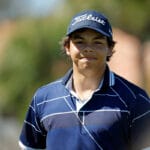



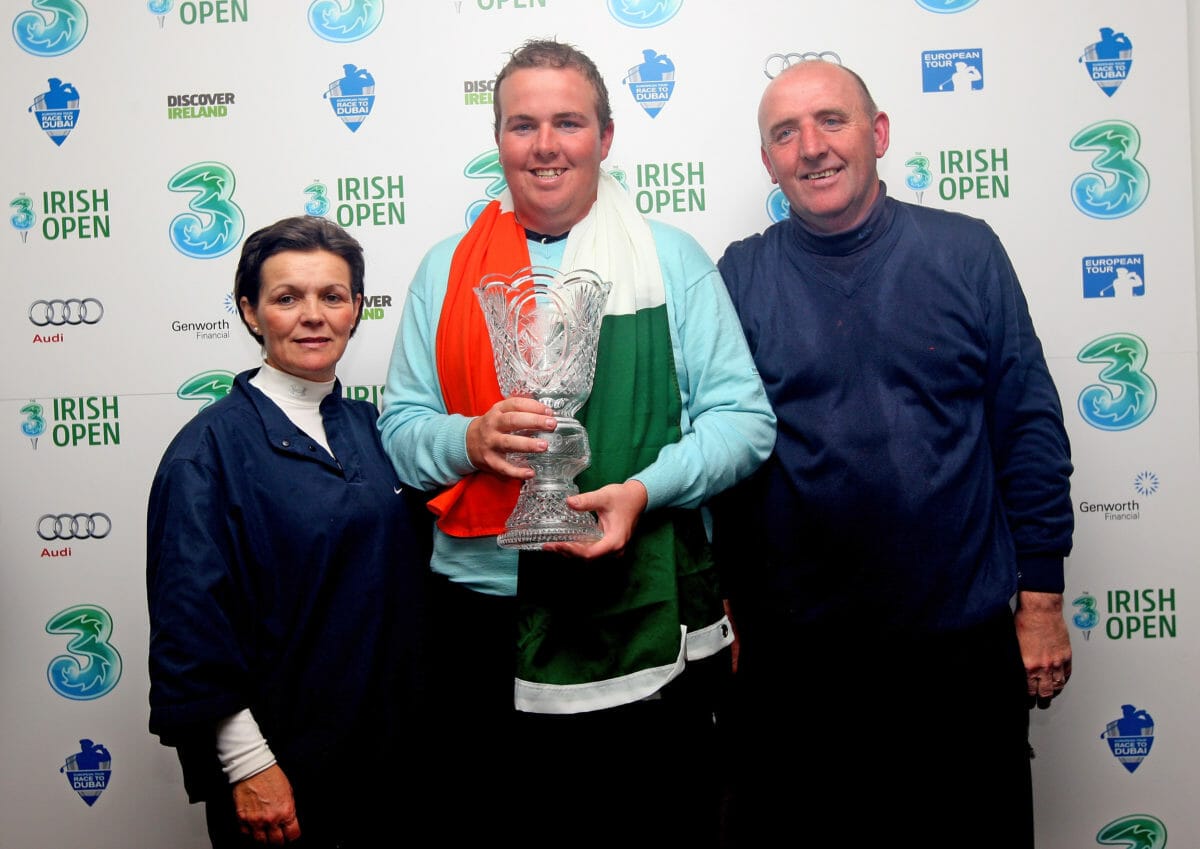

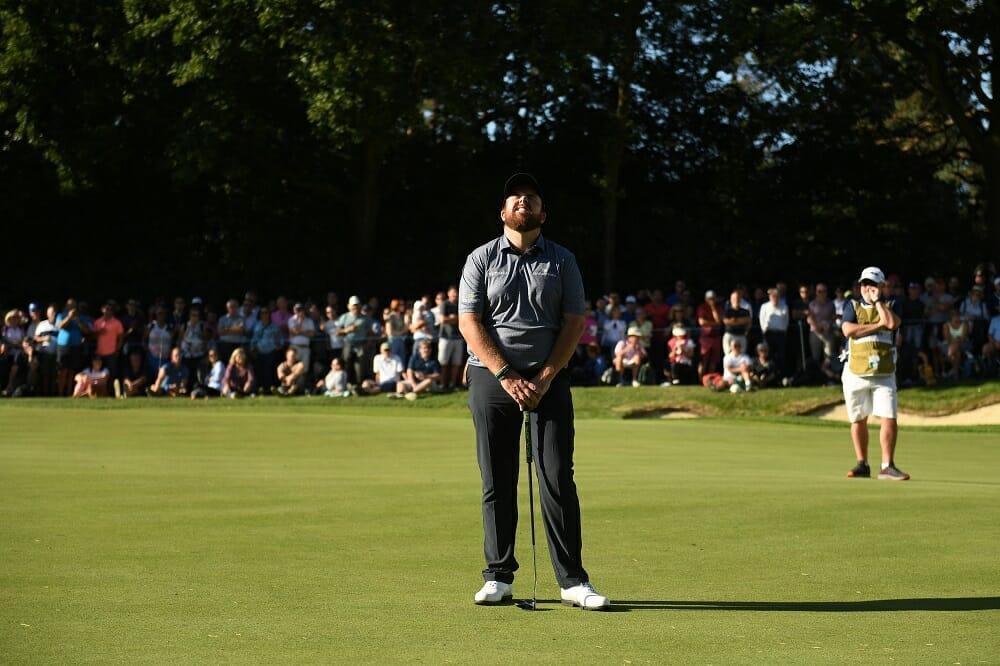

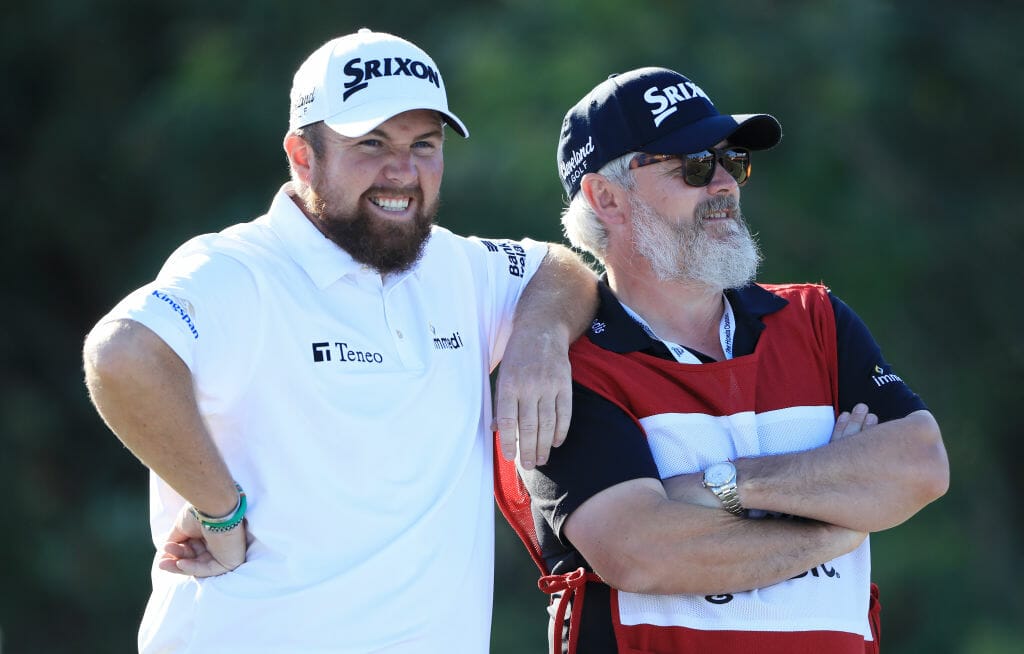
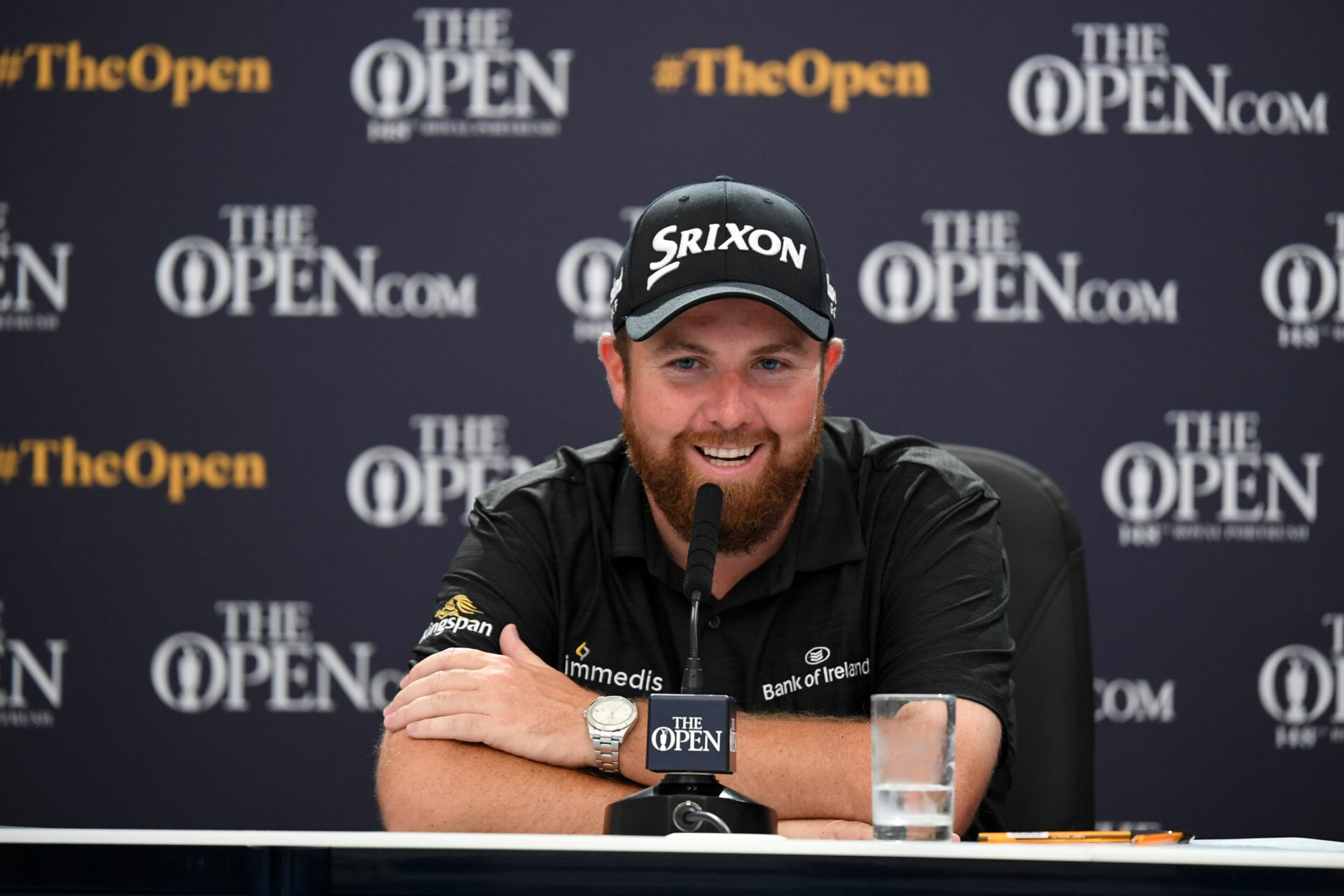
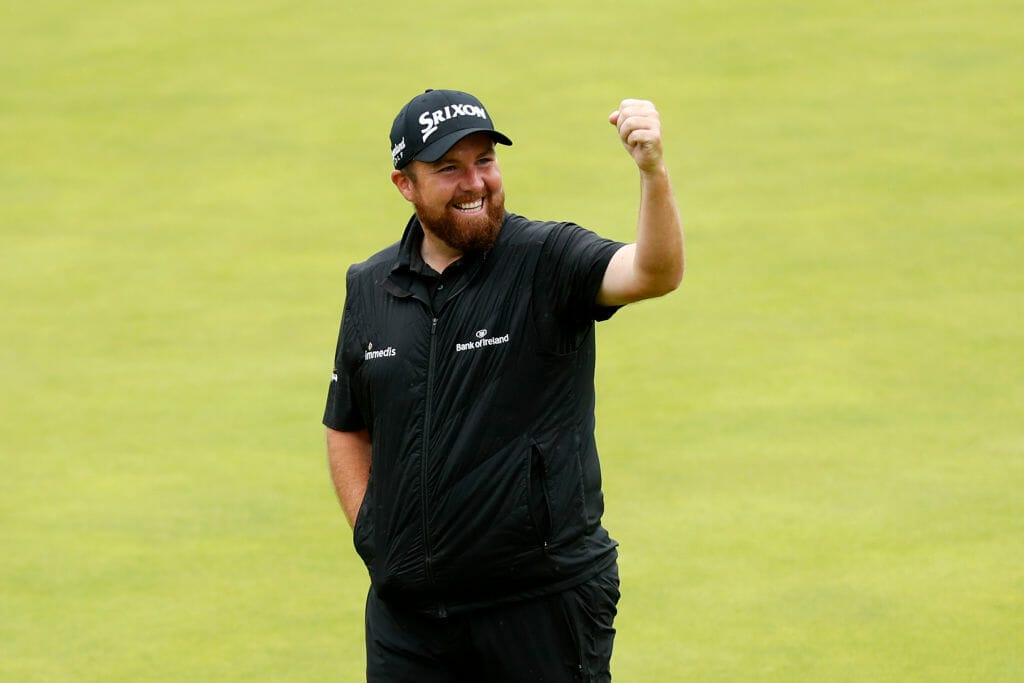

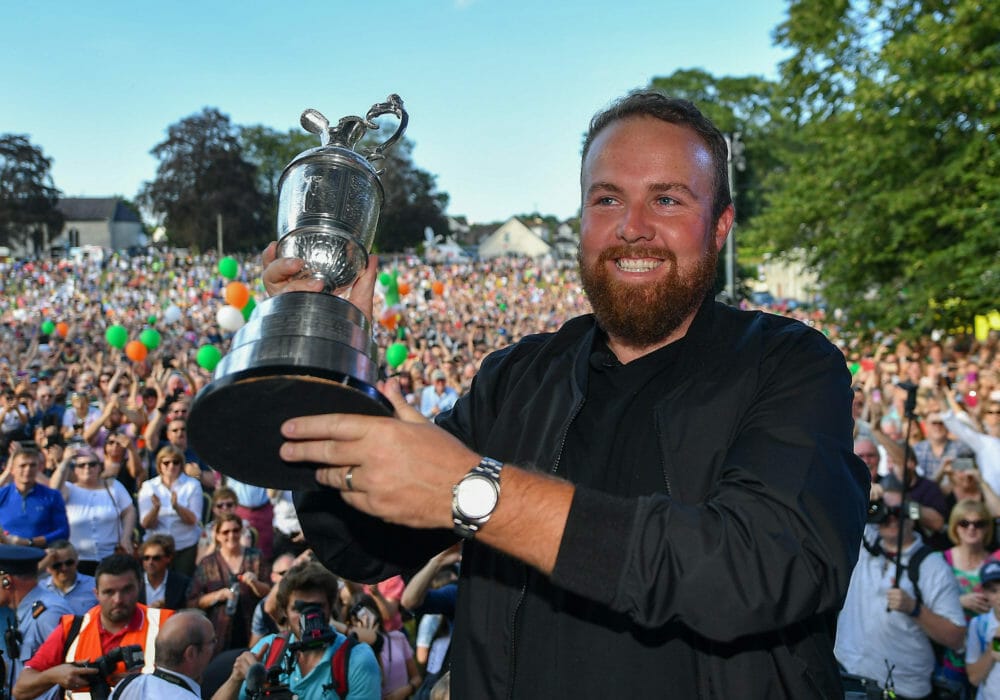

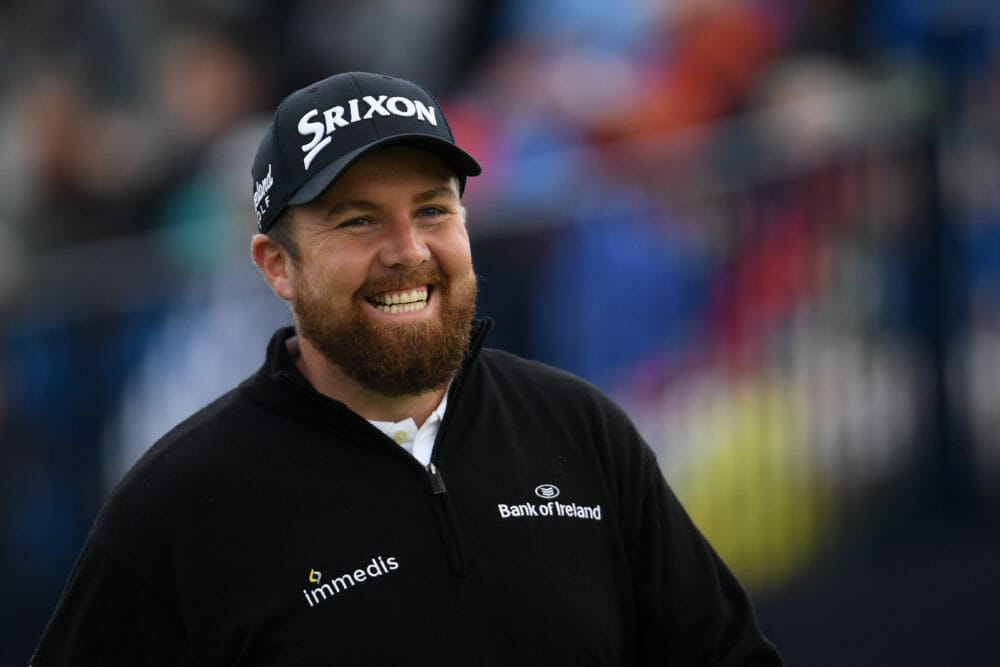













Leave a comment